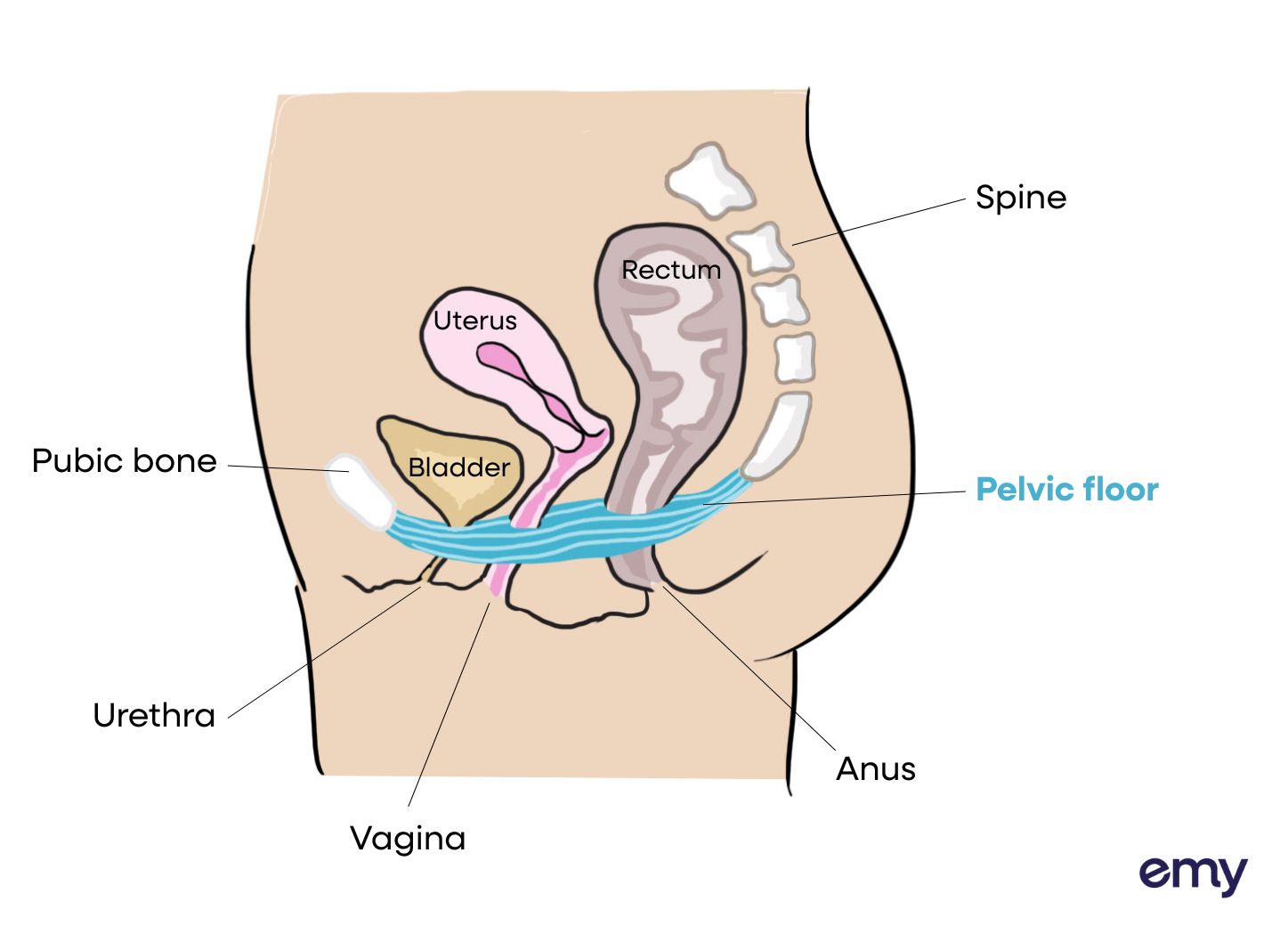How do I know if I need to do pelvic floor rehabilitation?
{"type":"root","children":[{"type":"paragraph","children":[{"type":"text","value":"The pelvic floor is a group of muscles that is used every day, often without you even realizing it. Admittedly, the pelvic floor is invisible, making it difficult to pay attention to. However, certain signals should quickly alert you that your muscle tone "},{"type":"text","value":"may be weakened.","bold":true}]},{"type":"paragraph","children":[{"type":"text","value":"Signs that pelvic floor rehabilitation could be beneficial include:"}]},{"listType":"unordered","type":"list","children":[{"type":"list-item","children":[{"type":"text","value":"Involuntary urine leakage","bold":true},{"type":"text","value":", (often associated with physical exertion such as laughing, coughing, exercising, or lifting heavy objects)"}]},{"type":"list-item","children":[{"type":"text","value":" Very f"},{"type":"text","value":"requent urges to urinate","bold":true},{"type":"text","value":" and a feeling of not being able to hold it"}]},{"type":"list-item","children":[{"type":"text","value":"The "},{"type":"text","value":"inability to control gas or stool","bold":true}]},{"type":"list-item","children":[{"type":"text","value":"Vaginal flatulence","bold":true}]},{"type":"list-item","children":[{"type":"text","value":" Loss of sensation or the onset of pain during sexual intercourse"}]},{"type":"list-item","children":[{"type":"text","value":" Feeling of"},{"type":"text","value":" heaviness or pain","bold":true},{"type":"text","value":" in the lower abdomen or pubic area."}]}]},{"type":"paragraph","children":[{"type":"text","value":"If you experience one or more of these symptoms, it is likely wise to start "},{"type":"text","value":"pelvic floor rehabilitation ","bold":true},{"type":"text","value":"promptly to address the issues you are experiencing. And if you have any doubt, there is only one way to get a definite answer: have a diagnosis d"},{"type":"text","value":"one by your doctor","bold":true},{"type":"text","value":"!"}]},{"type":"paragraph","children":[{"type":"text","value":"Many healthcare professionals are qualified to help. Physical therapists, midwives, gynecologists, urologists, or general practitioners "},{"type":"text","value":"can all assess your situatio","bold":true},{"type":"text","value":"n and refer you to a specialist if needed."}]}]}






